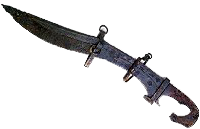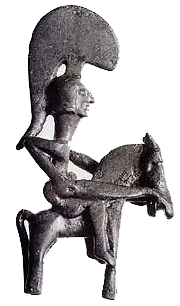



In the Pre-Roman Iberian peninsula several languages were spoken and there were several scripts. Among all of them, the Iberian script was the one with the greatest area, geographically and chronologically speaking, spreading even to areas were Celtic language was spoken, and in the middle of Roman occupation. Nowadays more than 2,000 texts written in Iberian script in all sort of media are known (stone, copper, lead, and engraved and painted ceramic). This shows that it was a well-known writing, prestigious and with many social usages.
The great diversity of media in which we find writing, as well as the broad diffusion and usages, shows that it is a consolidated writing.
One of the complexities in Iberian writing is that it is a hybrid system, semi-syllabic, and it mixes characters with alphabetical value with others with syllabic value:
Not too long ago it was thought that Iberian language did not distinguish between voiceless and voiced plosives but lately new research has confirmed that in the northeastern area there is a dual script that differentiates them. It is found from the south of France (Roussillon and Languedoc) to the Pyrenees, to the interior and the Catalonian coastline, and to Castellˇ and Valencia areas (LlÝria). It even seems like Celtiberian copied this dual script and adapted it to their own language.
Northeastern script
character chart |
Meridional script character chart |
Greco-Iberian script
character chart |
Tartessian script character chart |
 |
 |
 |
Webmistress: N˙ria Delgado.